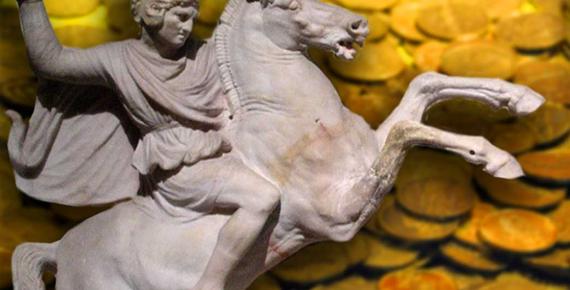

What Was in Store for the Citizens of the Besieged City? The Battle of Megiddo—Part II
Pharaoh Thutmose III pushed his 12,000-strong army towards the banks of the Orontes River. His scribe, Tjaneni, kept a daily journal in order to have the Pharaoh’s military exploits inscribed by his artisans on the walls of Amun-Re's temple at...
Read More






















